
Mountain people and monsters
In mid-January, Oriental Radio's Nakata Atsuhiko's YouTube University program sparked outrage after experts pointed out several major errors in the program's understanding of history.
Furthermore, Deputy Prime Minister and Minister of Finance Aso Taro caused controversy by making a statement at a national policy briefing held in Nogata, Fukuoka Prefecture on January 13th, saying, "For 2,000 years, there has been one country, one place, one language, one ethnic group, one imperial dynasty, and this is the only country in the world where one dynasty has continued for 126 generations."
The government's official stance is that the Ainu people are recognized as an "indigenous people," and the "Ainu People Support Act" was enacted in 2019, so Japan is not considered to be a mono-ethnic nation.
This time, I would like to introduce you to some mountain monsters and their influence on Japanese history, particularly the importance of correctly understanding history that is not publicly known.
Historian Yoshihiko Amino has said that medieval artisans, entertainers, and other non-farming non-residents were "wandererHe shed light on the world of the "Amino" and cast doubt on the image of Japan that had been held up until that point as a homogeneous nation of agricultural people with the Emperor at its apex. He influenced research into medieval Japanese history, and his thinking is known as the "Amino view of history."
A typical example of a wanderer is theSanka(Yamaboshi)".
A mountain people called "Sanka" has existed in Japan since ancient times.

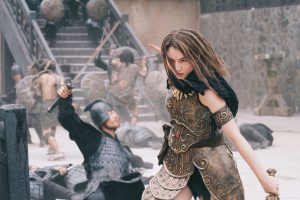
Their name first appeared in books around the Edo period, but even before that they were a group that roamed the Japanese archipelago, living a hunter-gatherer lifestyle without settling.
Some people say that the Japanese began cultivating rice during the Yayoi period and have been an agricultural people ever since, but the example of the Sanka above shows that this is incorrect.
It is true that in the public history that focuses on the Imperial family, many of the common people who appear are peasants who worked in rice paddy farming. However, it can also be said that it is the people who are not recorded in this history who have created Japan's history.
Mountain witch,Mountaineer,echo,mountain childThere are many monsters whose names include the character for "mountain," such as:
TenguorIf it's one,Yobuko,Yuki OnnaThere are also many monsters that usually live in the mountains, such as these.
To people living on the plains, the mountains were a different world, and the mountain people may have appeared to be "monsters."
Mountains themselves, such as the sacred Mount Fuji, are sometimes worshiped as sacred objects, and the people who live there often possess some kind of special powers.
The Sanka made their living by producing winnowing baskets and other items, and were engaged in a variety of occupations, including artisanship, performing arts, commerce, and handicrafts.
If it's oneAlthough it is mentioned in a different context from Sanka, it is a yokai whose etymology is thought to be "Tatara-shi (blacksmith)."

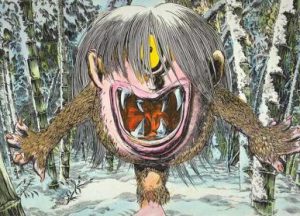
If you find large footprints about 30 centimeters wide in the snowy mountains, they are the footprints of Ippon Datara. Ippon Datara is a monster that can be seen in a relatively wide area, such as Kumano (from Mie to Wakayama), Obagamine in Nara Prefecture, and Tanabe City in Wakayama Prefecture. It is said to have one leg and one eye, and features a beast similar to a human.
This is thought to be because blacksmiths who live in mines are seen as yokai, as one leg becomes lame as they step on the bellows with one foot, and the other eye becomes weaker as they look at the furnace with one eye.
In this way, the mountain people with special skills were sometimes subject to discrimination.
However, it was precisely because of the culture of such people with special abilities that the culture of the people of the plains existed, and it can be thought that the two were inextricably linked.
In short, I think it is no exaggeration to say that it is precisely because of the existence of yokai that Japan has its current culture.
The country of Japan is a multi-ethnic and monster nation.
Image: Mountain People (Kingdom, Masami Nagasawa), Ippondatara (Shigeru Mizuki)
References: "Selected Japanese Folklore Dictionary" (Fukuda Ajio, Yoshikawa Kobunkan), "The Definitive Japanese Yokai Encyclopedia: Yokai, the Otherworld, and Gods" (Mizuki Shigeru, Kodansha Bunko), "Japanese Yokai Encyclopedia" (Mizuki Shigeru, Murakami Kenji, Kadokawa Bunko)
Text by Keijiro Watanabe
■ Keichan Watanabe
Born in Asahikawa, Hokkaido. Graduated from the School of Human Sciences at Waseda University. An independent researcher of yokai. Certified Information Systems Auditor (CISA).
He currently works as a management and IT consultant, residing in Sapporo, Hokkaido, and traveling throughout the prefecture and Tokyo. However, he studied folklore and cultural anthropology at university, and continues to research yokai as his life's work.
I am currently writing articles about monsters associated with Hokkaido, where I currently live, as well as current news about business and economics.
Twitter:https://twitter.com/keishiro_w


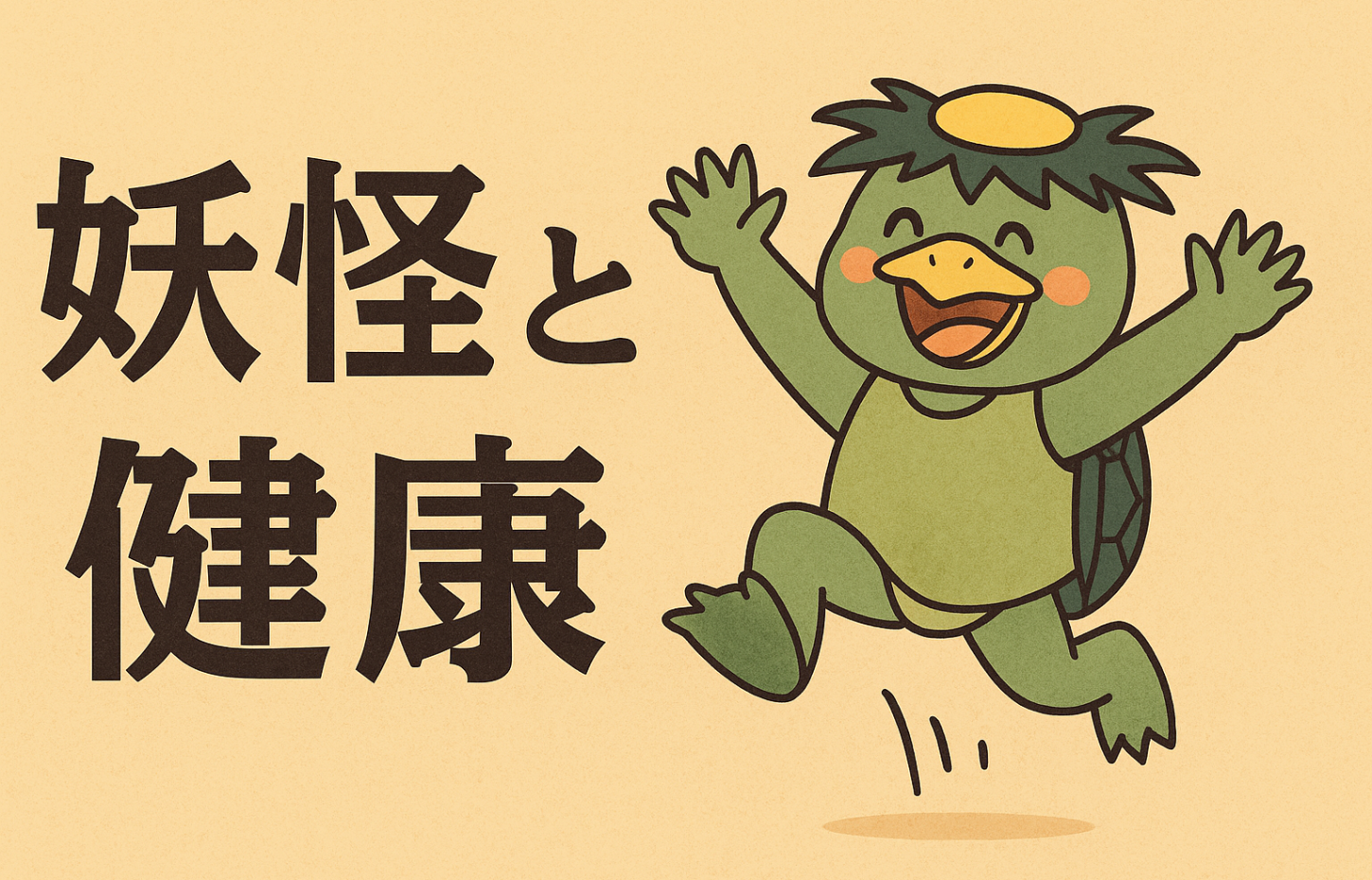
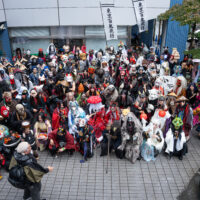
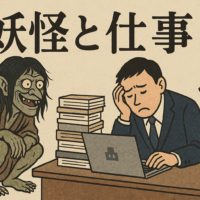
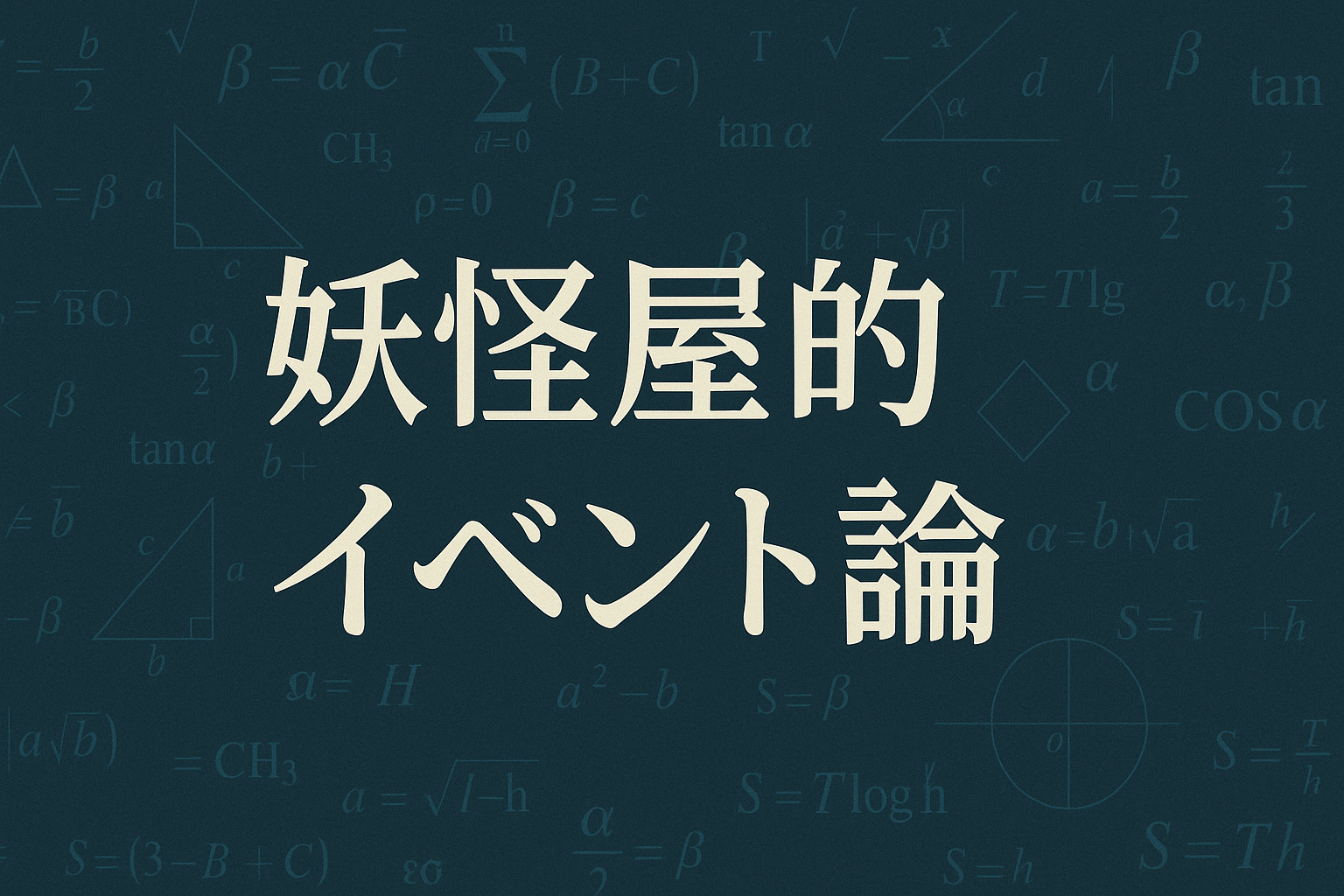



No comments yet.